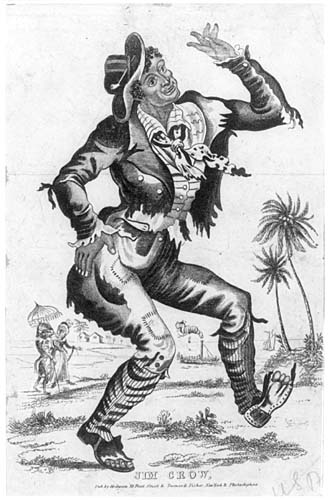Soyer’s Symposium
Other Images

Venue Type & Location
Site Name: Soyers Symposium
Location: London
County: London (city-county)
Location Type: Town - in town at determined location
Overview
Beth Marquis
Troupes at Soyer’s Symposium
| Troupe | Troupe Type | # of events |
|---|---|---|
| Havanna Troup Operatic of Real Negroes | Minstrel | 2 |
Events at Soyer’s Symposium
| Event | Date | Venue Location | Troupe |
|---|---|---|---|
| Variety | 15 September 1851 - 20 September 1851 | London, London (city-county) | Havanna Troup Operatic of Real Negroes |
| Variety | 29 September 1851 - 4 October 1851 | London, London (city-county) | Havanna Troup Operatic of Real Negroes |
Bibliographic Sources
-
Dictionary of Victorian London Online. 07/27/2008 (http://www.victorianlondon.org/)
(Under Entertainment and Recreation - Gardens and Spas - Soyer's Symposium)
-
Purbrick, Louise (ed.). The Great Exhibition of 1851: New Interdisciplinary Essays. Manchester: Manchester UP, 2001.
pp199-201.
-
Walford, Edward. Old and New London Vol. 5 (1878). Reproduced at British History Online. 05/20/2008 (http://www.british-history.ac.uk/source.aspx?pubid=343)
"In 1851, during the time of the Great Exhibition, Gore House was made a "Symposium," or restaurant, by M. Alexis Soyer, whose cuisine, whilst chef of the Reform Club, enjoyed European fame. (fn. 1) Its walls were once more adorned with a splendour and costliness which it had not known for some years, though, possibly, not with equal taste as that which was so conspicuous under the régime of the clever and brilliant lady who had made it a home. Soyer first came to England on a visit to his brother, who was then cook to the Duke of Cambridge; and at Cambridge House he cooked his first dinner in England for the then Prince George. Soyer afterwards entered the service of various noblemen: amongst others, of Lord Ailsa, Lord Panmure, &c. He then was employed by the Reform Club, and the breakfast given by that club, on the occasion of the Queen's coronation, obtained him high commendation. Mr. Mark Boyd, in his "Social Gleanings," tells a good story about M. Soyer. "Meeting him in an omnibus, after his return from the Crimea, I congratulated him on the laurels he had gained with our army, and was anxious to learn how he had managed this under the privations to which our brave fellows were exposed from short rations, and often from no rations at all! 'Dere is my merit, Monsieur Boyd,' he replied, 'for I did make good dishes out of nothing.'" It is to be feared that his words were literally true.
The Gore House estate, comprising some twentyone acres, was purchased in 1852 by the Commissioners of the Great Exhibition, out of the surplus fund of that Exhibition, for the sum of £60,000, as a site for a new National Gallery; and the Baron de Villars' estate, adjoining, nearly fifty acres, fronting the Brompton Road, was bought for £153,500, as a site for a Museum of Manufactures; "these localities being recommended for the dryness of the soil, and as the only ground safe for future years amidst the growth of the metropolis." On the latter site, as we have shown in the previous chapter, the South Kensington Museum and the Schools of Art and Science have been erected; but instead of the National Gallery, the ground at Kensington Gore was made to serve as the site for the Albert Hall, &c." (Chapter 10 - 'The old court suburbs - Kensington').
 On the Road Again
On the Road Again

